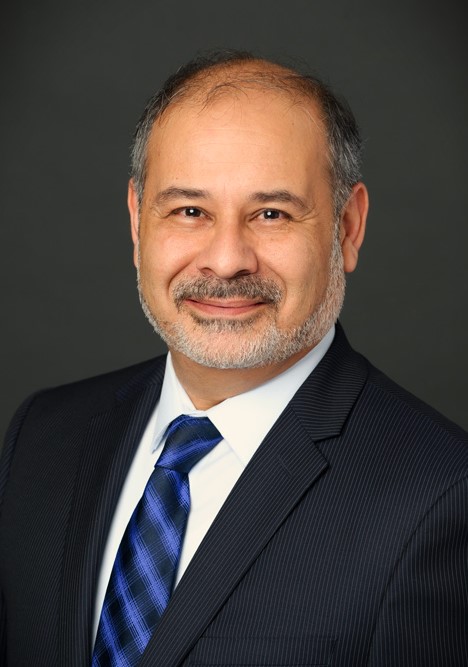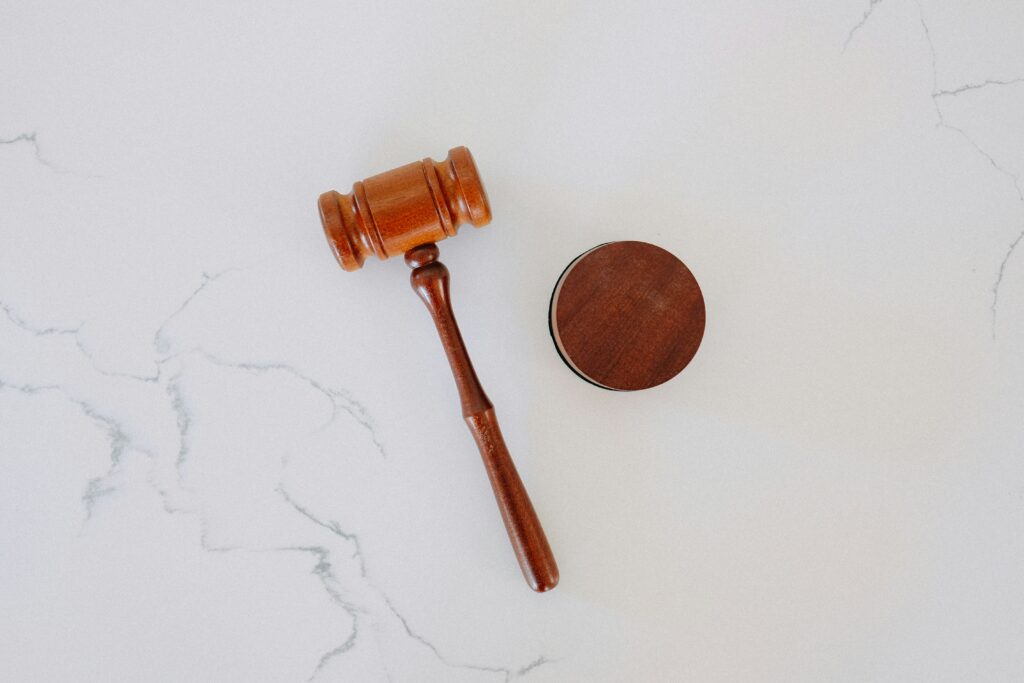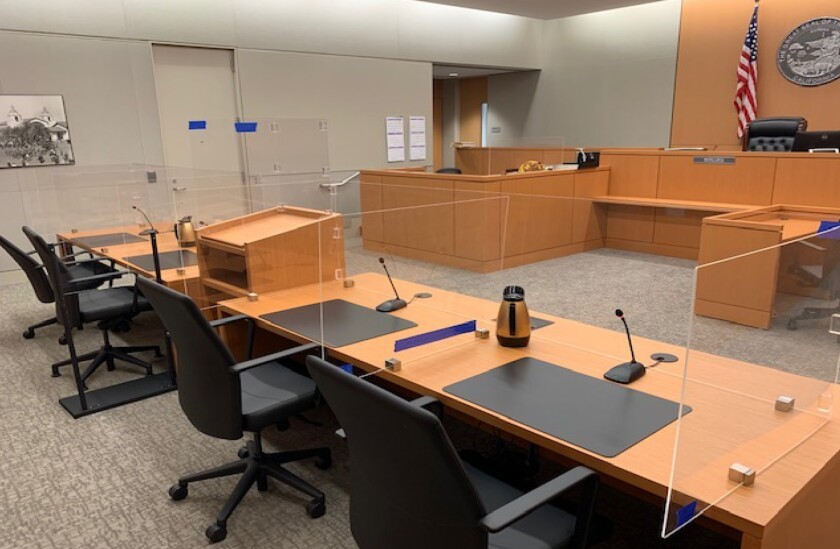
by Khodadad “Ko” Sharif || 20 March 2024 ||
Incivility may hit a litigant’s pocketbook. In Snoeck v. ExakTime Innovatiohs, Inc., 96 Cal. App. 5th 908 (2023), the Court of Appeal affirmed the trial court’s reduction of $457,863 of the plaintiff’s attorney fees in a FEHA fee request. Counsel’s incivility was a factor considered by the trial court in its downward calculation of the reasonableness of the fee request. Incivility is not the skillset of an excellent lawyer deserving of “higher fees” but a factor for the court to consider when adjusting the reasonableness of the fees requested in a downward direction. This is not to punish, but it is a significant factor in the court’s valuation of the reasonableness of the fee request before it.
The court reasoned that “[i]n litigation, attorneys regularly dispute how the law—and what specific law—applies to the facts of a particular case. One side will be wrong. But that does not mean the side that is “wrong” tried to convince the court to adopt a theory it knew was legally erroneous.” (Id. at 924.) Zealous advocacy does not always win a case; a losing argument never invites personal attacks. There is no justification to engage in personal attacks on opposing counsel, even those representing the reprehensible and society’s deviants. Civility is the one skillset that a lawyer cannot compromise, “the [trial] court noted the absence of civility “‘heightens stress and debases the legal profession.’” (Id. at 915.) “[C]ivility is an aspect of skill.” (Id. at 915, quoting Karton v. Ari Design & Construction, Inc. 61 Cal. App. 5th 734, 747 (2021)). Arguably, the lack thereof is not worthy of fees.
How do we test for incivility? It appears to be an objective test of whether a reasonable attorney would “believe that communicating with opposing counsel in such a way . . . [or] antagonizing the trial court [would] help further one’s client’s cause.” (Id. at p. 925.) It is a telling rhetorical question when considering that the court is “not required to find [counsel’s] comments directly caused an increase in . . . fees before applying a downward adjustment to the loadstar.” (Id. at p. 927.) There is no question that “as an officer of the court [an attorney] owe[s] the court and opposing counsel “‘professional courtesy.’” (Id. at p. 922, citing to Lasalle v. Vogel, 36 Cal. App. 5th 127, 132 (2019) quoting Lossing v. Superior Court, 207 Cal. App. 3d 635, 641 (1989).) Incivility stands alone as an unnecessary and dispensable skill set.
Incivility is not the same thing as zealous advocacy. Although Snoeck does not necessarily stand for punishing lawyers for continuous incivility during litigation, it is a “permissible factor” for the court to consider when adjusting the reasonableness of the request for an award of attorney’s fees. In essence, unnecessarily increasing the cost of litigation to address tangential issues is not effective litigation. In Snoeck, the plaintiff’s counsel had accused the defense counsel of “exploiting the Court, utilizing ‘underhanded’ tactics, presenting a ‘sham defense’ and, in general arguing that defense counsel perpetrated a fraud on the court.” (Id. at p.913.) The plaintiff’s counsel further accused defense counsel of “knowingly misrepresenting the law and facts to the trial and appellate courts, misconduct, and lying; referred to counsel’s action as . . . “cringeworthy” [who] sold the court “the big lie”; referred to defense counsel as having viewed the trial court “as an easy mark,” having “made a total fool of” . . . and “exploited” the trust of the trial judge; having committed “a brazen con,” and having “duped” the trial and appellate courts.” (Snoeck, supra, 96 Cal. App. 5th at p. 913.) The trial court found that “[t]he language quoted above is uncalled-for and unacceptable. The plaintiff’s counsel’s ad hominem attacks were unnecessary for the zealous representation of his client.” (Id. at p. 915.) “Civility is not just a moral good. “Attorney skill is a traditional touchstone for deciding whether to adjust a loadstar. Civility is an aspect of skill.’” (Id. at p. 915, quoting Karton v. Ari Design & Construction, Inc., 61 Cal. App. 5th 734, 747 (2021)).
“Those attorneys who allow their personal animosity for an opposing counsel or an opposing party to infect a case damage their reputations and blemish the dignity of the profession they have taken an oath to uphold.” (Id. at p. 930, relying on Crawford v. JPMorgan Chase Bank, N.A., 242 Cal. App. 4th 1265, 1266-1267 (2015).)
In conclusion, as Carl Sandburg famously said, “If the facts are against you, argue the law. If the law is against you, argue the facts. If the law and the facts are against you, pound the table and yell like hell,” with one caveat, never pound on the table and yell.
-This article was originally published for the San Diego County Bar Association Blawg. It has been reposted with their permission.
More Questions?
In future posts we’ll discuss this further. If you have questions beforehand though, please check out the rest of our blog for more information. The content of this blog is provided for informational purposes only, and we are not offering any legal opinions. If you wish to consult with Sharif | Faust, please contact us to set up a consultation. This blog does not create an attorney-client relationship with Sharif | Faust. To retain Sharif | Faust, you must sign a written attorney-client agreement. Remember, the results in any case depend upon the specific facts in that case. It is important that you consult with a lawyer you trust. By reading this blog, you agree to our Terms of Use.

















 e supply chain of Personal Protective Equipment (“PPE”) was considerably disrupted because of the pandemic, the recent economic downturn, and the global powers
e supply chain of Personal Protective Equipment (“PPE”) was considerably disrupted because of the pandemic, the recent economic downturn, and the global powers What is a Trademark
What is a Trademark Intellectual Property laws exist to encourage artists, inventors, and other creators to make new art, technology, or other creations. The rest of us benefit from these creations. In return, we give these individuals the ability to profit from their work directly, without interference from others for a certain amount of time. The rights these creators receive is akin to a monopoly. Then, once the time expires, the works go into the “public domain” and anybody can use them.
Intellectual Property laws exist to encourage artists, inventors, and other creators to make new art, technology, or other creations. The rest of us benefit from these creations. In return, we give these individuals the ability to profit from their work directly, without interference from others for a certain amount of time. The rights these creators receive is akin to a monopoly. Then, once the time expires, the works go into the “public domain” and anybody can use them.



